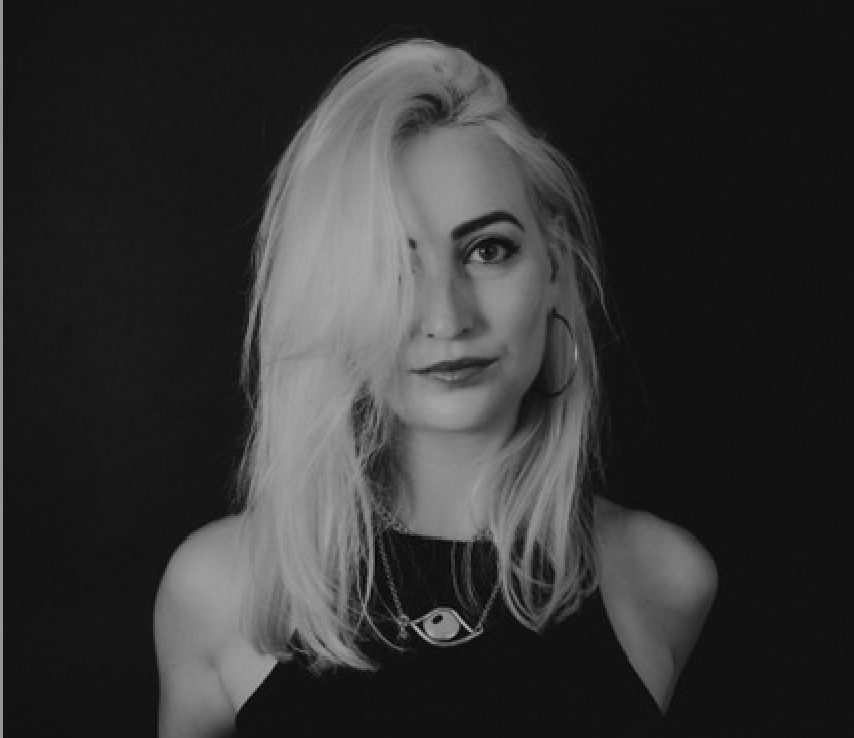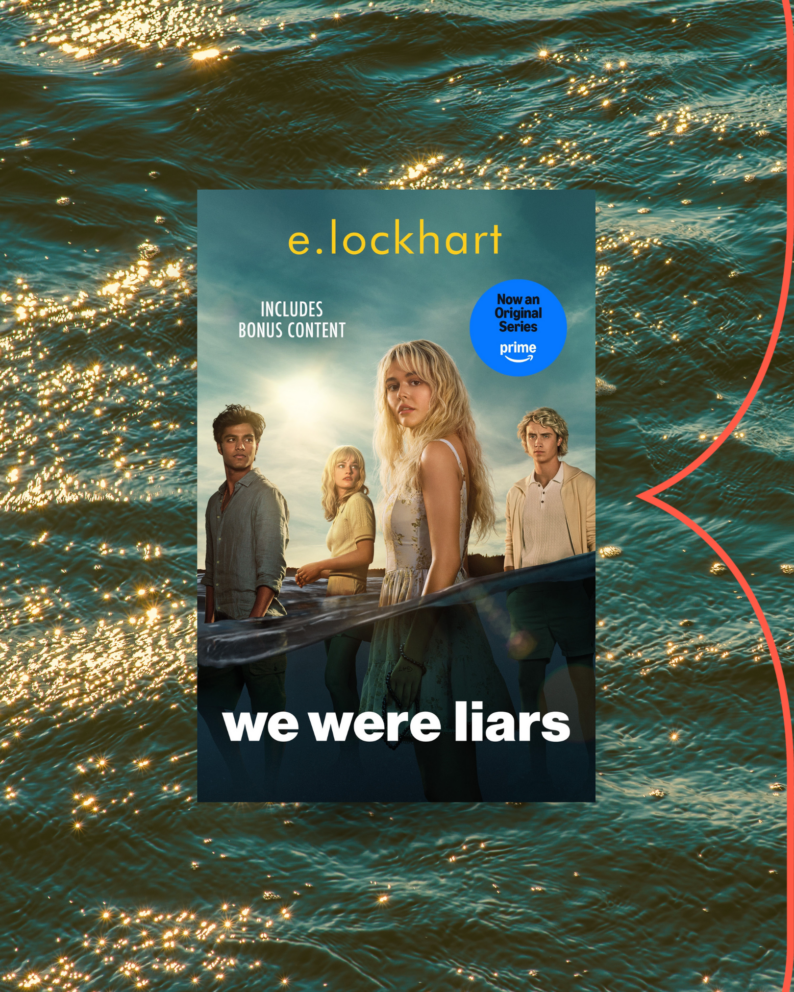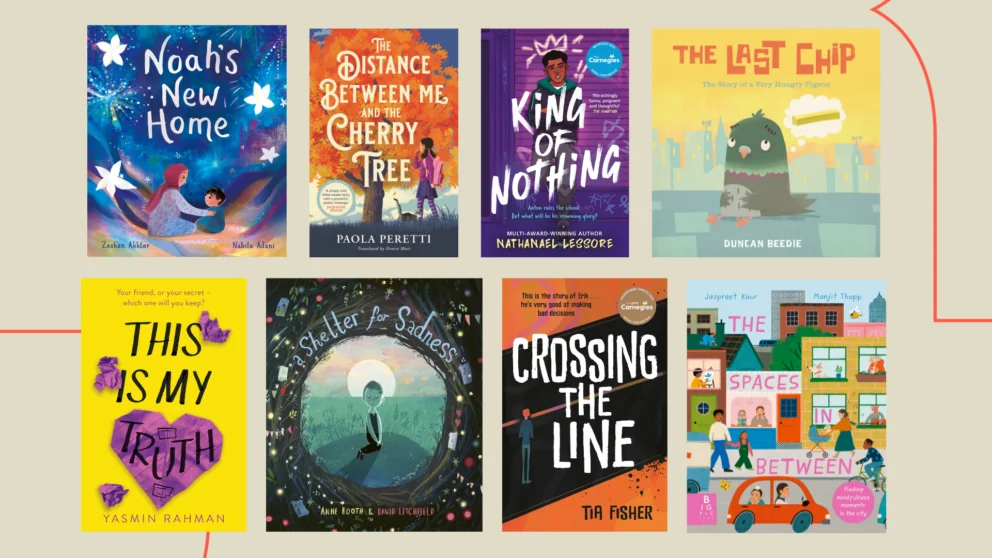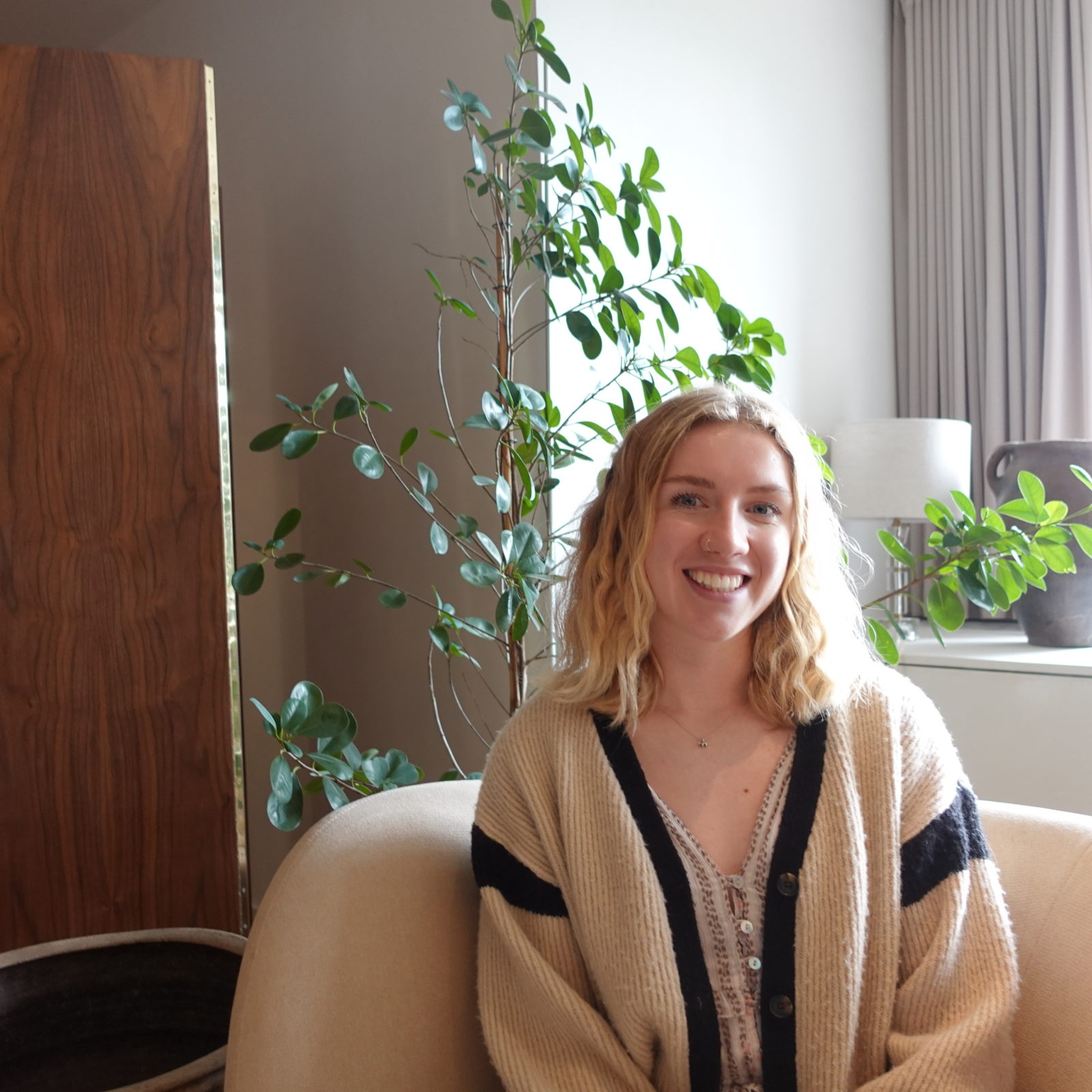
Love judging a book by its cover? In the latest instalment in our series providing an insight into life and careers in the publishing industry, we’re speaking with designer Annie Arnold.
I’m in charge of…
The main thing is designing covers!
I work mostly on the non-fiction side but have worked on fiction and children’s covers too. I do various tasks such as building covers, correcting files for reprints, typography, creating audio covers, commissioning artwork from illustrators, art direction, communicating with the editors, and getting that final cover together! Plenty of admin too. A bit of everything really!
My first task of the day…
I usually do a bit of a desktop tidy because I like to start from a point where everything is in its place. It’s about starting afresh. During the day I’ll make a mess of my desktop. It’s covered in screenshots. The next day I’ll tidy it all up and start again. New day!
The thing I look forward to the most…
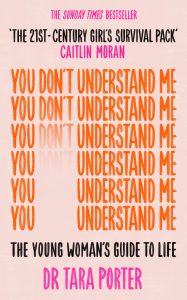
I love building covers, which is funny because I feel like it’s not the most popular task among designers. But I love bringing the front cover to life and using the design elements from that to design the full spread. I’ll lay out the text, do all the details, the spine, and then pop over the fonts and textures. It’s all done in InDesign. I find it really satisfying.
I also love working on new and exciting briefs, and those initial stages of research, mood-boarding and experimenting with the first cover visuals. And seeing the final printed copy come in is – of course – always hugely exciting!
Publishing is really fun. I love that the brief is your brief. You can really do what you want and make it your own. To have something where you can say ‘that’s mine’ and put your credit on it… That’s so exciting.
What nobody else knows about my job…
That I don’t necessarily have to read the book… That’s definitely the most common question I get asked!
We have briefing forms and positioning documents, and will chat to the editor: asking what they’d like to see, and getting a good idea of the comparable titles and the market. The briefs will include any information they really need included – they can list the details of certain characters, how they look, and even share some images. The editors will ask the author: what are your needs with this cover? How do you envisage the character and setting?
With fiction you’ll often want to get more of the story onto the cover – so that’s where you’d read more. And for the non-fiction, you need to ensure it’s all accurate.
How I got the job….
I did a graphic design BA at Falmouth. I worked on lots of branding, advertising and typography projects. I was interested in using design for social change – it’s what I wrote my dissertation on. My portfolio included work on athlete’s health and HIV – things that weren’t spoken about enough. There were elements that crossed over into what I do now in publishing – illustration, telling the story, getting the message across.
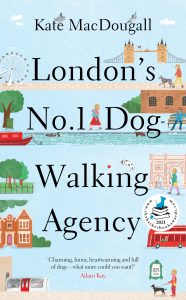
Some of my graduate work was shown at the D&AD New Blood design fair. And the design team at Bonnier Books got in touch! I still didn’t really know what the publishing industry involved, but I looked at their Instagram, and I thought ‘Okay, book covers… that looks fun!’
I came in for a couple of interviews… I remember for my second one, I got a Megabus at 5am… 6 hours there, 6 hours back! I thought: ‘I better get the job!’
I enjoyed the interviews. I talked through my physical portfolio. But I remember getting stuck on one question: ‘What’s your favourite book?’ That was the one I got stuck on! Even though I’d read loads of books and loved reading. I didn’t have that answer in my head, even though it’s probably the most obvious question you could be asked! There’s always one…
My advice for anyone breaking in…
I never really considered design for publishing when I was a student. I didn’t know it was a thing! I honestly don’t even know how I thought book covers were created. My advice for any design graduate would be to look into publishing, and seriously consider it as a career path. It’s about getting people to think ‘this is something I can do!’
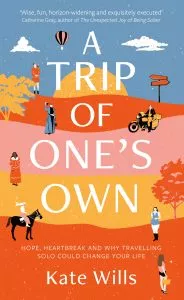
Take a book you like and make your own version of the cover. Try other stuff like lay-outs, typography, and art direction… Projects that show you have an idea of a market or an understanding of a brief and can work with others. There are lots of skills that cross over.
If you’re interested in book design, get in touch. We get a lot of illustrators who email us, and we remember their names. Having that communication is important.
The path I might have chosen…
A lot of design graduates work at a design studio – mostly in branding or advertising – so I most likely would have done that. I’m into socially conscious design, and that was a route that interested me, rather than anything too corporate.
For those looking to learn more about other roles in the industry, you can also take a look at interviews with colleagues in audio, rights, international sales, hr, and editorial. And don’t forget to check out our Instagram @Inside_BBUK.

